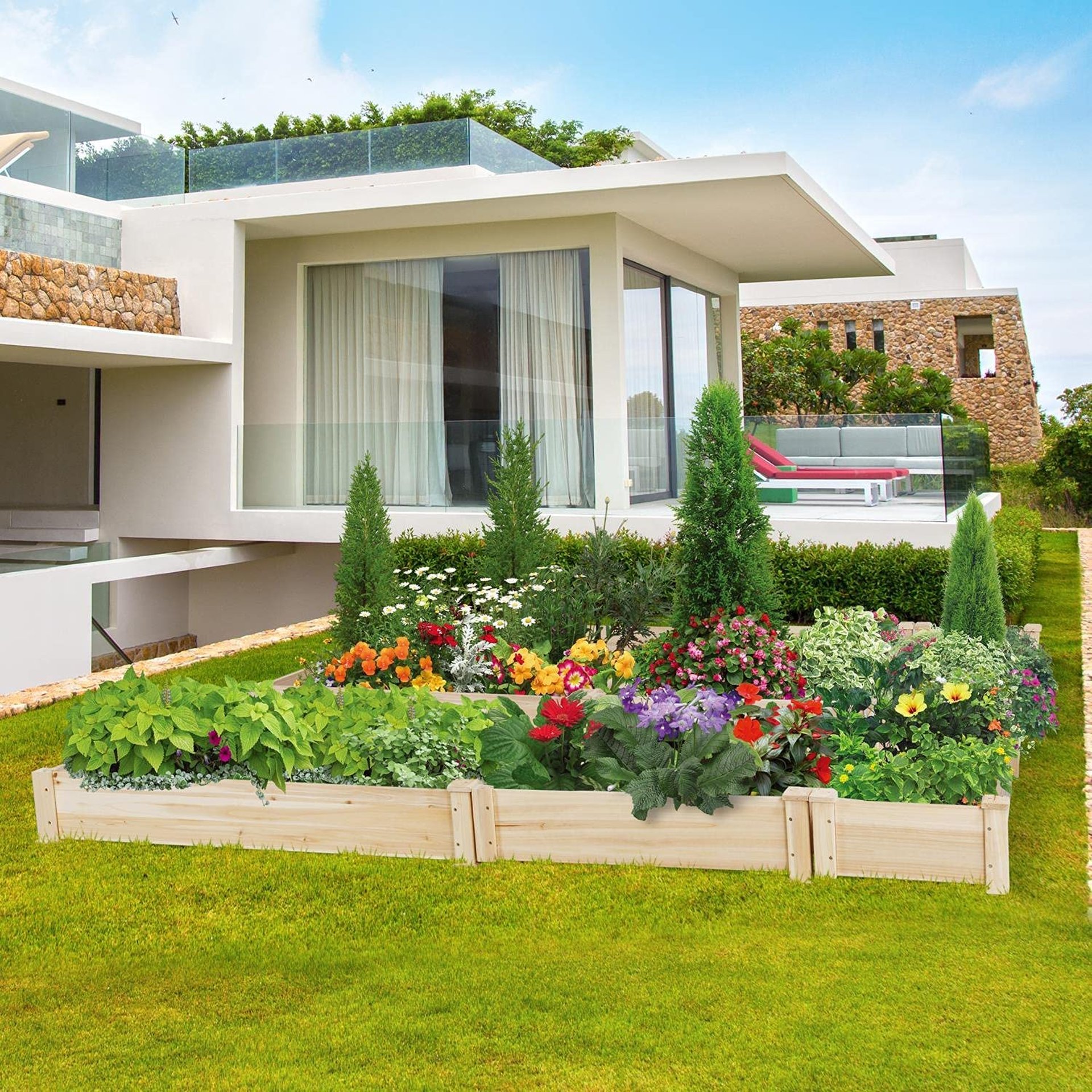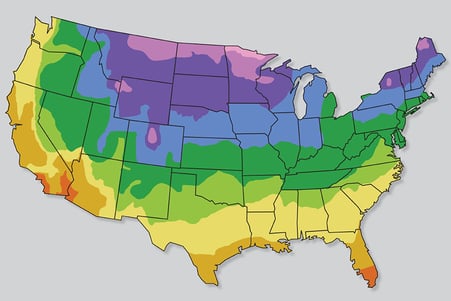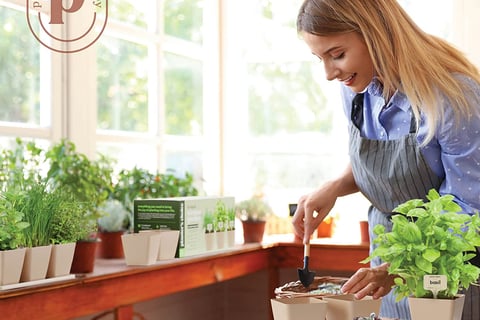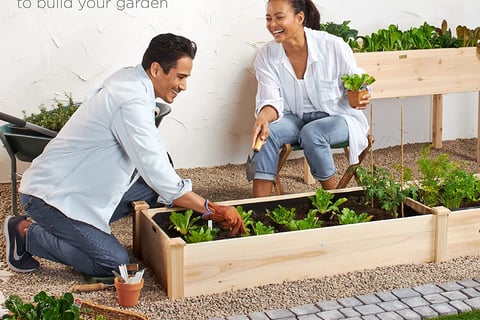Gardening Tips for Beginners
Barbara Douglas
4/22/20235 min read

My post content
7 Must-Have Gardening Tips for Beginners to Transform Your Garden into a Haven
Gardening is an amazing way to spruce up your outdoor space. It involves growing plants and flowers for artistic and practical purposes. Through this practice, you can create a gorgeous garden that adds beauty and value to your property!
Gardening is a great way to bring life and beauty to your outdoor space. Whether you’re looking to add some color with flowers or create a vegetable garden, it’s an activity that can be enjoyed by everyone. Not only does gardening provide aesthetic value, it also has practical benefits such as providing fresh produce and reducing stress. With the right tools and techniques, anyone can become a successful gardener and enjoy the rewards of their hard work.
I love gardening! It is so therapeutic to work in the soil and plant items that bring joy like flowers or good food like vegetables. Most herbs and vegetables are easier to grow than most people think, and the taste is so much better than anything you buy in the grocery store.
Its Spring and it is the best time to start planting. Gardening can mean so many things to different people, but I am going to focus on vegetables and herbs. I encourage you to start with just a couple of plants your first year and see how you do. Success depends on the soil, the sun, and the areas of your yard. Take note of where the sun shows and how long around your house and base where you plant on where the actual plant needs. For instance, most herbs need a lot of sun – so make sure where you plant them has sun most of the day.
I bought a house 1 year ago and last May, I planted just 3 different types of herbs in large planters on my patio where they had a lot of sun. We planted basil, mint, and rosemary. All three did great! We had basil all Summer and Fall from 2 small plants, which grew to a massive size of about 24 inches tall. The mint grew so big, and we used it in fruit bowls and mojito’s all Summer long.
This year we are expanding to growing basil, rosemary, mint, oregano, cilantro, tomatoes, green peppers and jalapenos. My plan is to add additional plants each year, I want to make sure I do not overwhelm my space or myself with adding too much all at once. This will allow me to see which items grow, what does well, and if I need to move plants to a better area.
Understanding Garden Zones
Garden zones are an essential part of gardening and landscaping. They provide a way to determine which plants will thrive in certain climates and regions. Knowing your garden zone can help you select the best plants for your area, as well as plan for the future of your garden. With the help of garden zones, you can ensure that your plants have the best chance of surviving and thriving in any climate or region. Garden zones are a new way to view plants in their environmental context and help gardeners know which plants should be planted in different areas.
By understanding your USDA Hardiness Zone or Canadian Planting Zone, you can choose plants that can survive and grow year after year in your area. Find your area in the map below and then match it to the number in the circle of the same color. For instance, I live in North Georgia so my zone is 7.




The Basics of Gardening - Understanding Soil Quality & Choosing the Right Plants
Gardening is a fun and rewarding activity that can be enjoyed by anyone. To get the most out of your garden, it’s important to understand the basics of gardening, including soil quality and choosing the right plants. Soil quality is an essential factor in gardening success; it affects how well your plants will grow and thrive. Choosing the right plants for your garden is also key to having a successful garden. Knowing which plants will do best in different types of soil, as well as understanding how much water and sunlight they need, will help you create a beautiful garden. With these basics in mind, you’ll be on your way to becoming an expert gardener!
Healthy soil will be rich in nutrients, minerals, and organic matter. Organic matter is key, since it provides nutrition for the soil, promotes a bio-diverse sub-culture in the soil, benefits plant life, and promotes drainage and aeration for the soil.
One reason for the popularity of raised beds is to be able to start out with really rich soil that you create from different sources. Here in Georgia, we deal with very heavy and hard clay soil - so raised beds are a great option and one I utilize. Raised beds don't have to be expensive, there are many kinds to purchase or to build on your own.
5 Essential Tools You Need to Get Started with Gardening
Gardening is a great way to exercise, relax, and beautify your outdoor space. But it can be daunting to get started if you don't know what tools you need. That's why we've put together this list of the 5 essential tools you need to get started with gardening. From shovels and pruners to gloves and hand trowels, these tools will help you create a beautiful garden in no time. So read on for more information about the must-have tools for gardening success!
Essential Tools are:
Trowel
Gloves
Hoe
Hand Rake
Pruner
How to Choose the Best Pots & Containers for Your Garden
Pots and containers are an essential part of any garden, and choosing the right ones can make a huge difference in how your garden looks. With so many options available, it can be difficult to know which pots and containers will work best for your garden. We'll look at how to choose the best pots and containers for your garden, including what materials to consider, what size you need, and other important factors. With the right information, you'll be able to make an informed choice that will help you create a beautiful outdoor space.
You will need to determine the following:
How many plants do you want to put into containers?
How much space do you have with correct sunlight exposure?
Will the plants do well in containers?
Do you have a color scheme?
Do you want self watering style?
What sizes will you need?
What material for the containers?




















